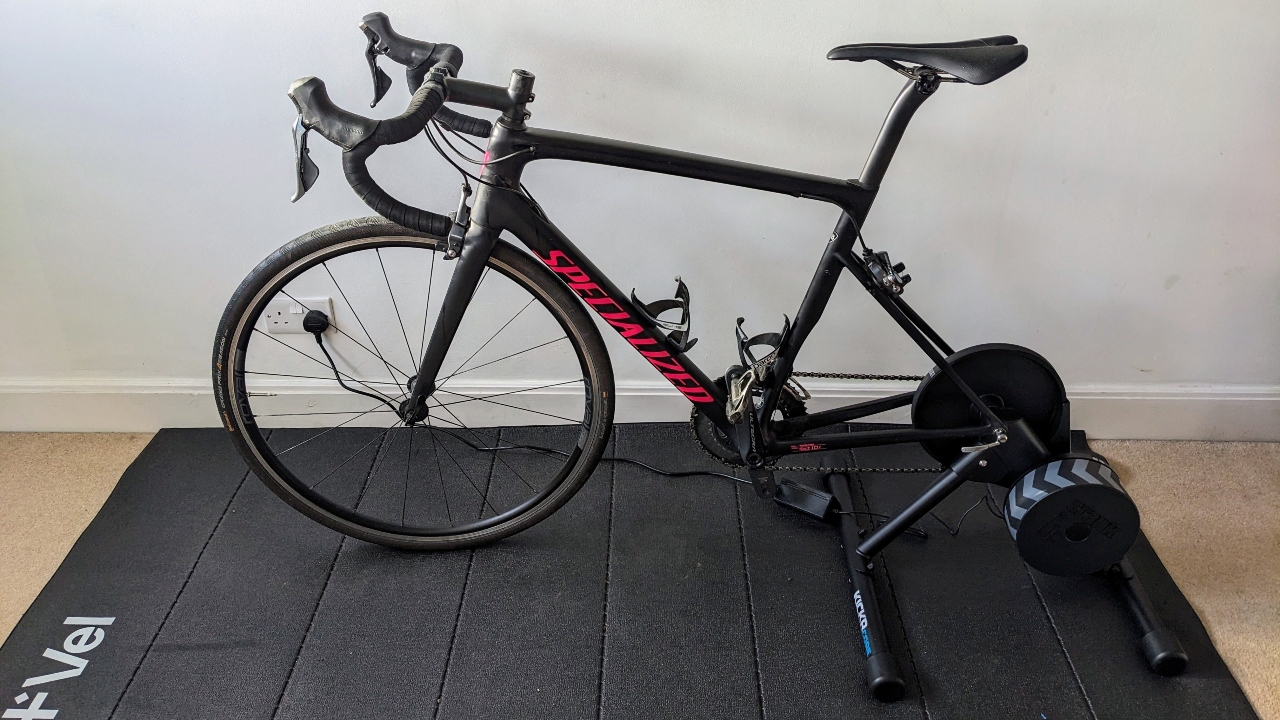
Since its launch in September 2018, I’ve banged the drum for the Wahoo Kickr Core when anyone’s asked me to recommend the best turbo trainers. I’ve put in lots of time on the Wahoo Kickr Core—it’s the turbo trainer I used during my tilt for a Zwift Academy contract in 2020—and can’t fault its performance.
Amazing specs, durable construction and a relatively low price meant it was the best pound-for-pound choice for even strong riders, compared with the more expensive Wahoo Kickr or other top-of-the-range options like the Tacx Neo 2T. Plus, it held its value well, which is ideal if you decide to sell it on.
That all changed, though, with the launch of the Zwift Hub in September 2022. The training app’s first foray into the world of indoor cycling hardware was a direct challenge to the Wahoo Kickr Core, with comparable specs but a lower price.
I tested it and was instantly impressed, putting it at the top of Coach’s turbo trainer pile. In this light, it was only fair to test a Wahoo Kickr Core. Could some more time on the original entry-level smart direct-drive turbo trainer make me rethink my opinion again? Or would it solidify the Zwift Hub’s position as the best turbo trainer for the everyday cyclist?
Wahoo Kickr Core: Price And Availability
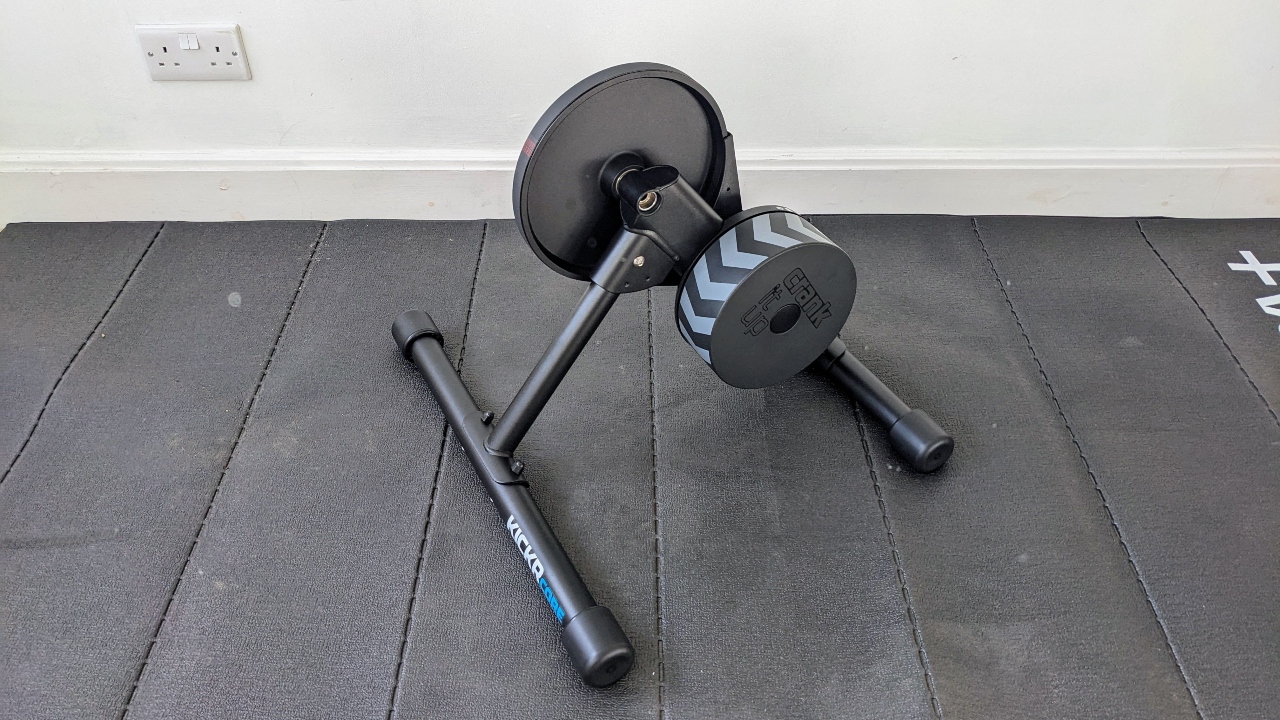
The Wahoo Kickr Core was released in September 2018 and now costs $599 in the US and £639.99 in the UK. It has come down in price since it was launched five years ago. It didn’t have any direct competition when first unveiled, but there are now other similarly-priced smart direct-drive turbo trainers now include the Zwift Hub ($599/£549) and the Tacx Flux S ($599.99/£599.99).
How I Tested This Trainer
I’ve logged 10 hours of turbo training on the Wahoo Kickr Core. I performed a mixture of interval-based workout sessions on the training apps Zwift and TrainerRoad, and spent time “free-riding” in Zwift’s virtual worlds. I have experience with most of the best turbo trainers and smart bikes, including the Wahoo Kickr Core’s direct rival, the Zwift Hub, and two generations of the top-of-the-range Wahoo Kickr (Wahoo Kickr V5 and Wahoo Kickr V6).
Features
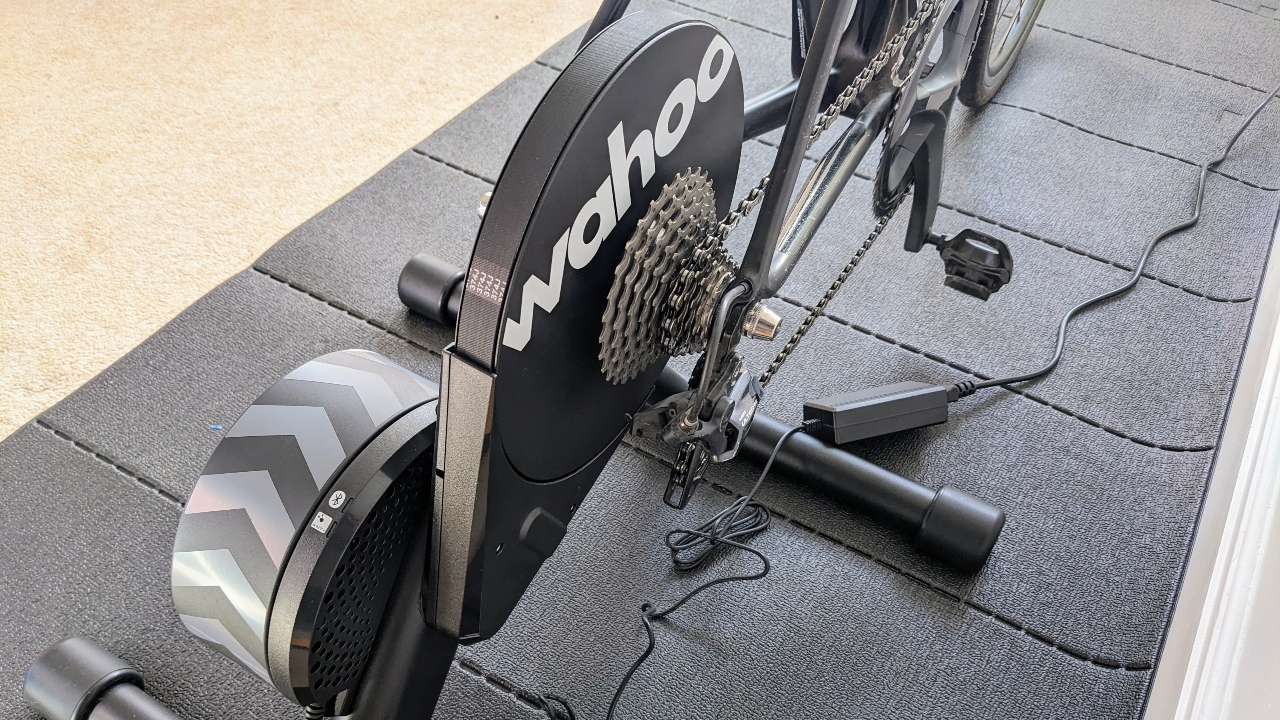
When it first launched, Wahoo announced the Kickr Core alongside the fourth version of its Kickr turbo trainer. All the attention was focused on the headline specs of the brand’s premium offering, but the Kickr Core provided something that had been missing in the burgeoning smart turbo trainer market: affordability.
It still wasn’t cheap by any means, particularly since users were required to buy a cassette, but it offered a middle ground between a bog-standard wheel-on turbo trainer and the four-figure smart direct-drive models revolutionizing indoor cycling.
In the intervening years, Wahoo hasn’t updated the Kickr Core’s features or specs. But, even though it now has competition for the title of best mid-range smart turbo trainer, its newer rivals are unable to beat it on maximum power output (1,800W), simulated incline (16%), or power accuracy (+/- 2%). Similarly, its connectivity (ANT+, Bluetooth) can only be bettered by the top-of-the-range alternatives.
The only downside is that, unlike the Zwift Hub, you have to manually calibrate the unit by performing a spin-down. Wahoo recommends performing this every two weeks or after transporting it to a new location. This takes less than 60 seconds, so it’s a minor inconvenience.
The Set-Up
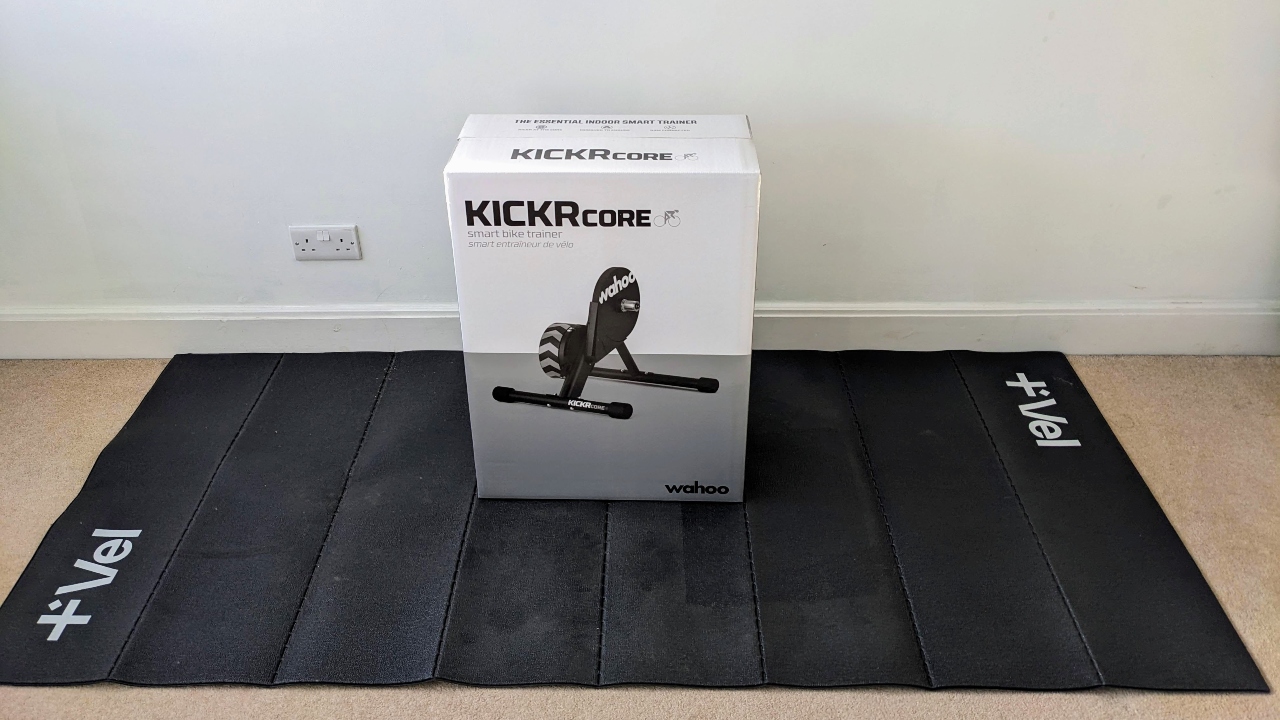
The Wahoo Kickr Core’s set-up is what lets it down. Out of the box, the unit itself is simple to put together. Using the instructions and tools included, I attached the two stabilizing feet to the main body of the turbo trainer in less than 10 minutes. However, that’s where things start to differ from options like the Zwift Hub.
The Kickr Core doesn’t come with a cassette (the cogs found on your bike’s back wheel) pre-installed. Wahoo sells 11- and 10-speed cassettes online for $50/£39.99, increasing your initial outlay, or you can install the one from your rear wheel’s hub for no additional cost. Whichever option you choose, you’re required to install the cassette on the turbo trainer’s flywheel. This is a five-minute job if you’ve got the tools and the know-how, but it could spell a trip to your local bike shop (and additional expense) if you don’t.

Also, if you decide to save money and use the cassette from your rear wheel, every time you want to use your bike outside, you’ll have to remove the cassette from the turbo trainer and reinstall it on your rear wheel’s hub. That’s fine if you’re doing it a couple of times a year, but inconvenient if every training session. Considering the Zwift Hub comes with a cassette of your choice preinstalled, this makes the Kickr Core less accessible to those new to indoor cycling.
Once the cassette is on, you just need to remove your bike’s rear wheel (if you haven’t already), slot it onto the quick-release skewer or tighten your thru-axle, sync the turbo with the Wahoo Fitness app (on iOS and Android) and perform a calibrating spin-down. All in all, it took me about an hour from unboxing to riding.
The Ride
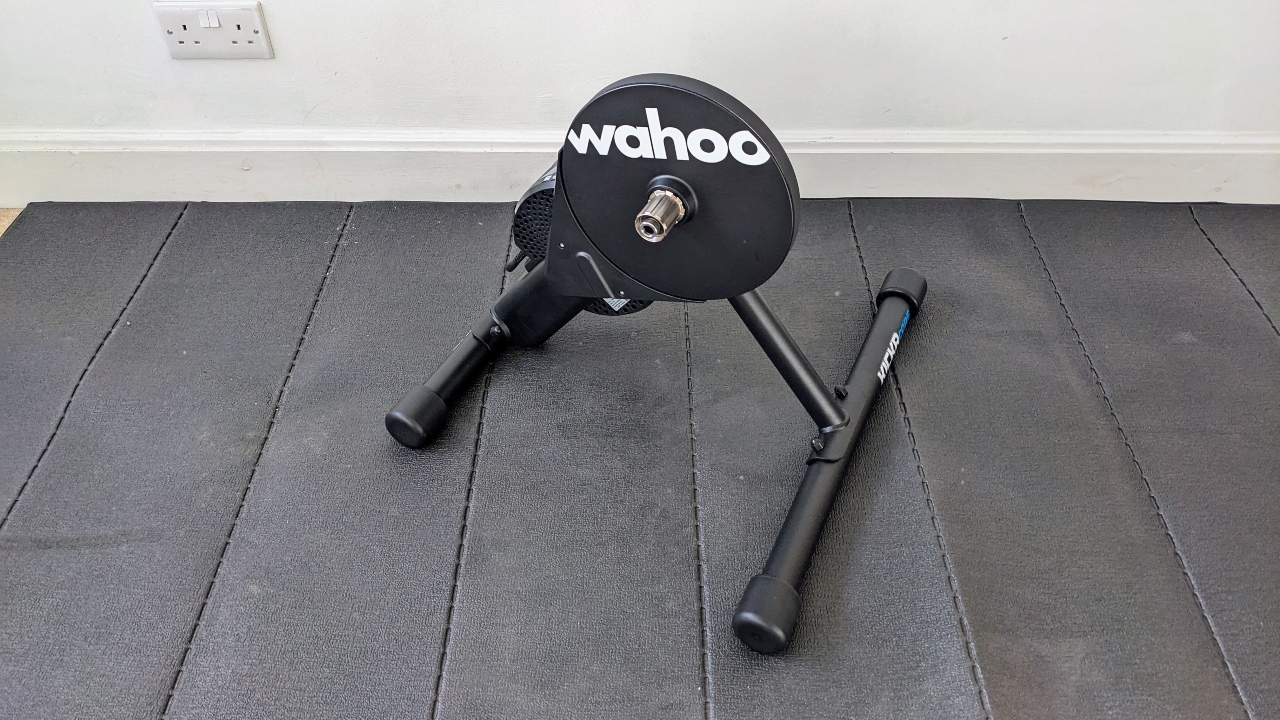
The Wahoo Kickr Core was a solid indoor cycling companion whether used in simulation mode or ERG mode (where resistance is automatically changed by a pre-set workout). Its 5.4kg flywheel’s resistance created a realistic ride feel, and gradient and power changes were smooth—even during an all-out HIIT session.
Although I’d consider myself a strong club-level rider, at no point did I get anywhere close to the Kickr Core’s 1,800W maximum output. There are a handful of locations on Zwift where the gradient tips beyond the Kickr Core’s max incline 16%, but most people will find it a mercy rather than a disappointment that the turbo trainer has maxed out. However, unlike its rivals, the Kickr Core is compatible with the Wahoo Kickr Climb, allowing you to elevate your experience with a gradient simulator that tilts the front of your bike +20%/-10%.
However, the Kickr Core’s ride feel isn’t perfect. The lack of side-to-side movement (and no option to add the Axis feet found on the Wahoo Kickr) led to a rather stationary riding position, which may cause discomfort during long indoor training sessions. To counter, it could be worth investing in a rocker plate or a thick turbo training mat.
Is The Wahoo Kickr Core Worth It?
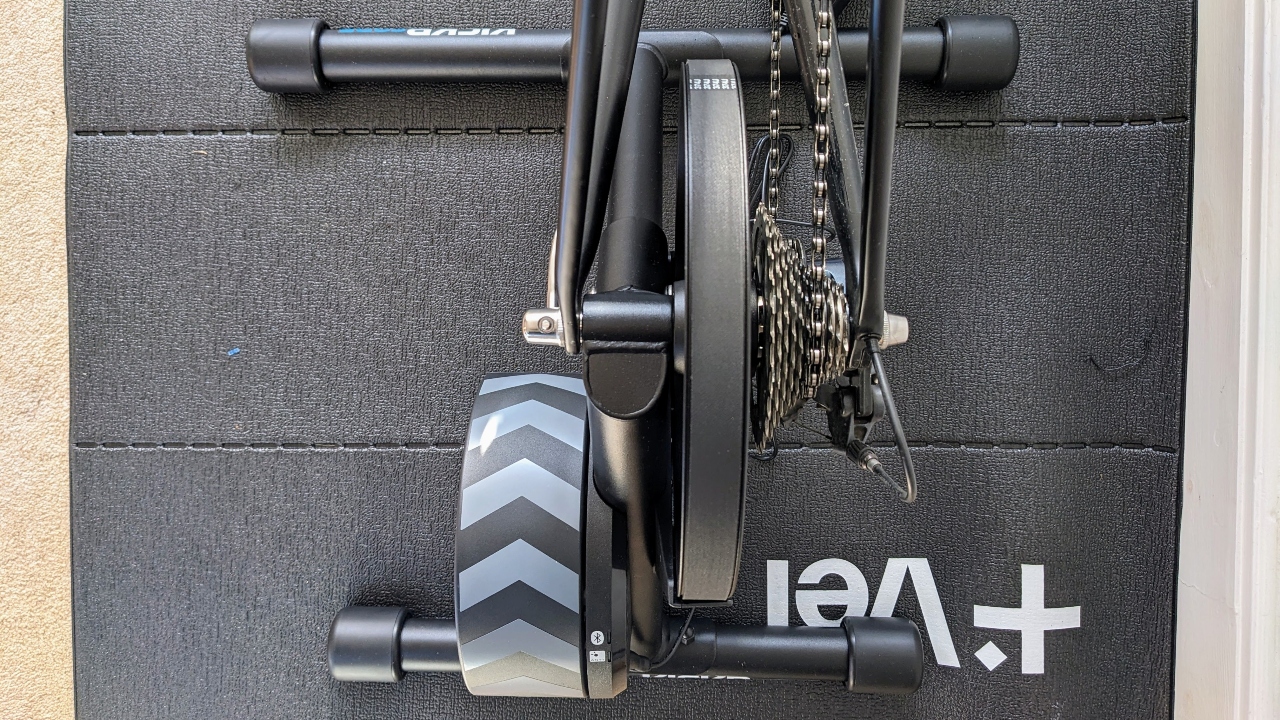
The Kickr Core is currently the cheapest it’s ever been, though it remains undercut by the Zwift Hub when you factor in the additional cost of a cassette. Despite this, it’s still a great piece of kit that is well worth the investment once you’ve sorted the initial set-up. Plus, it currently comes with a one-year Zwift subscription.
There’s a reason why the Kickr Core was the turbo trainer I recommended to friends for years, and that hasn’t changed. It’s reliable and robust, and is a unit that most will never outgrow. Choosing between it and the Kickr, I’d still plump for the five-year-old Kickr Core every time: the top-of-the-range model’s latest feature additions (Wi-Fi, direct connectivity, ERG easy ramp, Axis feet) and better specs aren’t worth the extra money.
Yet, it remains second best in my list of the best turbo trainers because it can’t compete with the Zwift Hub on price and ease of set-up—two things that are key to making indoor cycling more accessible.







